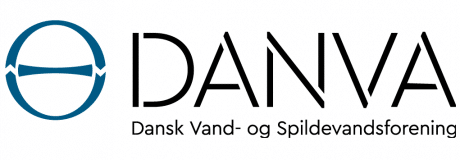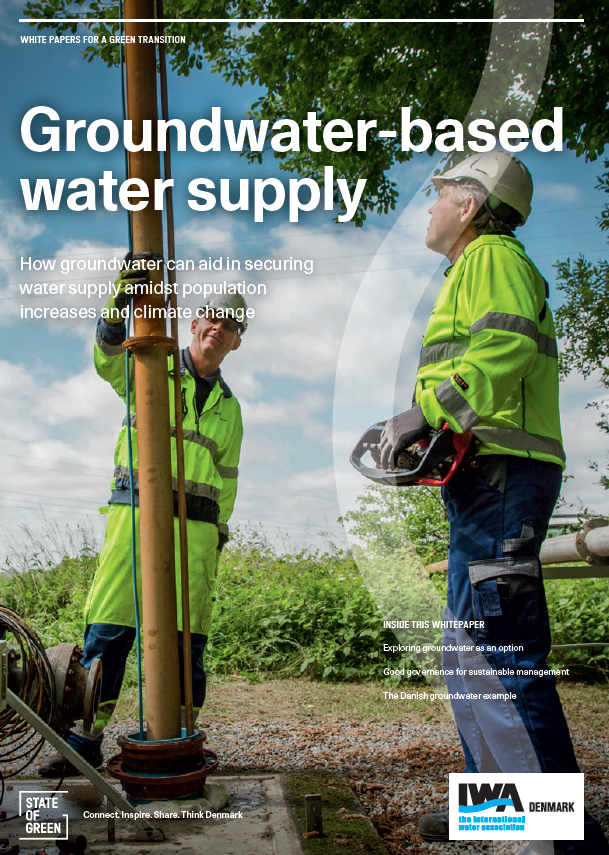Anders Bækgaard
IWA Congress President, Vice chairman IWA Danish National Committee.
Perspective
Groundwater management
Water resource management
Water supply



IWA Congress President, Vice chairman IWA Danish National Committee.
From a professional perspective, groundwater is a particularly fascinating element.
Groundwater flow is so slow that even specialists have difficulties in fully comprehending the timespan of the entire cycle. The slow flow has positive and negative effects. On the one hand, groundwater undergoes a very efficient purification process through natural filtration in the unsaturated zone and in the subsoil, from the time that it falls as rain, until it ends up in the aquifers. On the other hand, if groundwater is polluted, it takes years or even decades to remedy, as pollution usually originates in more or less distant “sins of the past”. Effects of the implementation of today’s groundwater protection measures will not be immediately assessable – perhaps not even in our lifetime. Nonetheless, the objective of securing clean groundwater for future generations demands action now. The recognition of this fact requires highly enthusiastic specialists and brave politicians.
Groundwater is “invisible”. As a rule, groundwater investigations and mapping always struggle with a lack of data. However, in relation to the estimation of sustainable resources and assessment of the vulnerability of the aquifers, the rapid development and innovation in geophysical methods combined with more and more refined hydrogeological models have significantly reduced the level of interpretation required in the past.
Today, groundwater is a vital resource that provides almost 50 per cent of the world’s drinking water and approximately 40 per cent of water for irrigation purposes. Groundwater can be the sole reliable resource for drinking water – viewed from both a technical and hygienic perspective. However, the potential of groundwater resources for a more sustainable and resilient water supply in urban areas as well should not be underestimated.

This article is part of our publication ‘Groundwater-based water supply’.
Download nowIn 2022, we have a dedicated focus on groundwater. On 22 March, World Water Day, the theme is “Groundwater: Making the Invisible Visible”. Later in 2022, Denmark will host the International Water Association’s biennial World Water Congress & Exhibition, where groundwater features prominently in the programme. The latter is no coincidence, as Denmark is one of the very few countries in the world with close to a 100 per cent groundwater-based water supply. In all areas of management, development and innovation relating to groundwater, Denmark offers some of the world’s most specialised, tested and documented expertise, with knowhow that spans centuries.
In order to fulfil SDG 6 before 2030, leaving no one behind, we must direct significantly more attention to the enormous potential of groundwater.
Denmark is happy to share its groundwater expertise with you, and you can find inspiration in the following pages.
publications
Wastewater management
+3